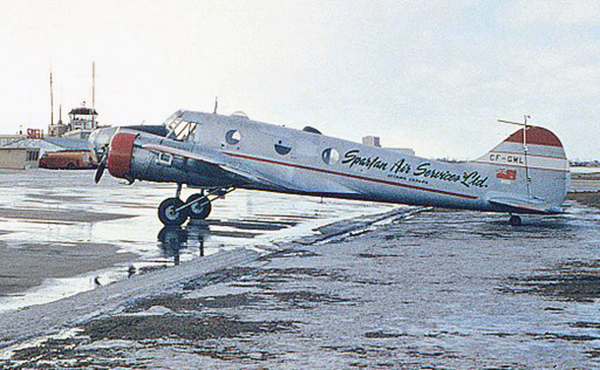Country
Crash of a De Havilland DHC-3 Otter in Pelly Crossing
Date & Time:
May 29, 1990
Registration:
C-FBCG
Survivors:
Yes
MSN:
408
YOM:
1960
Crew on board:
1
Crew fatalities:
Pax on board:
1
Pax fatalities:
Other fatalities:
Total fatalities:
0
Circumstances:
The Otter was on a diamond drill move from the Pelly Crossing Airport in the Yukon to a site 45 miles to the east. On board was 2,300 pounds of drill equipment, the pilot and one passenger. The aircraft’s weight with this load and fuel was just under the maximum authorized weight of 8,000 pounds. The Pelly Crossing Airport had a three thousand foot east/west gravel runway, at an elevation of 1,870 feet in mountainous terrain. The pilot departed runway 07 using a reduced power setting and upon becoming airborne he pumped the flaps to the full-up position. The aircraft began to settle towards the trees off the end of the strip. The pilot applied full power and as the aircraft began to settle into the trees closed the throttle. The Otter descended into the trees, burst into flames and was destroyed by a post-impact fire. The pilot was able to egress the aircraft and helped the passenger out. Both received serious burns and other injuries.
Probable cause:
The use of partial power for take-off and the retraction of the flaps prior to reaching a safe altitude and airspeed caused the aircraft to lose altitude and contact the trees during the climb out.
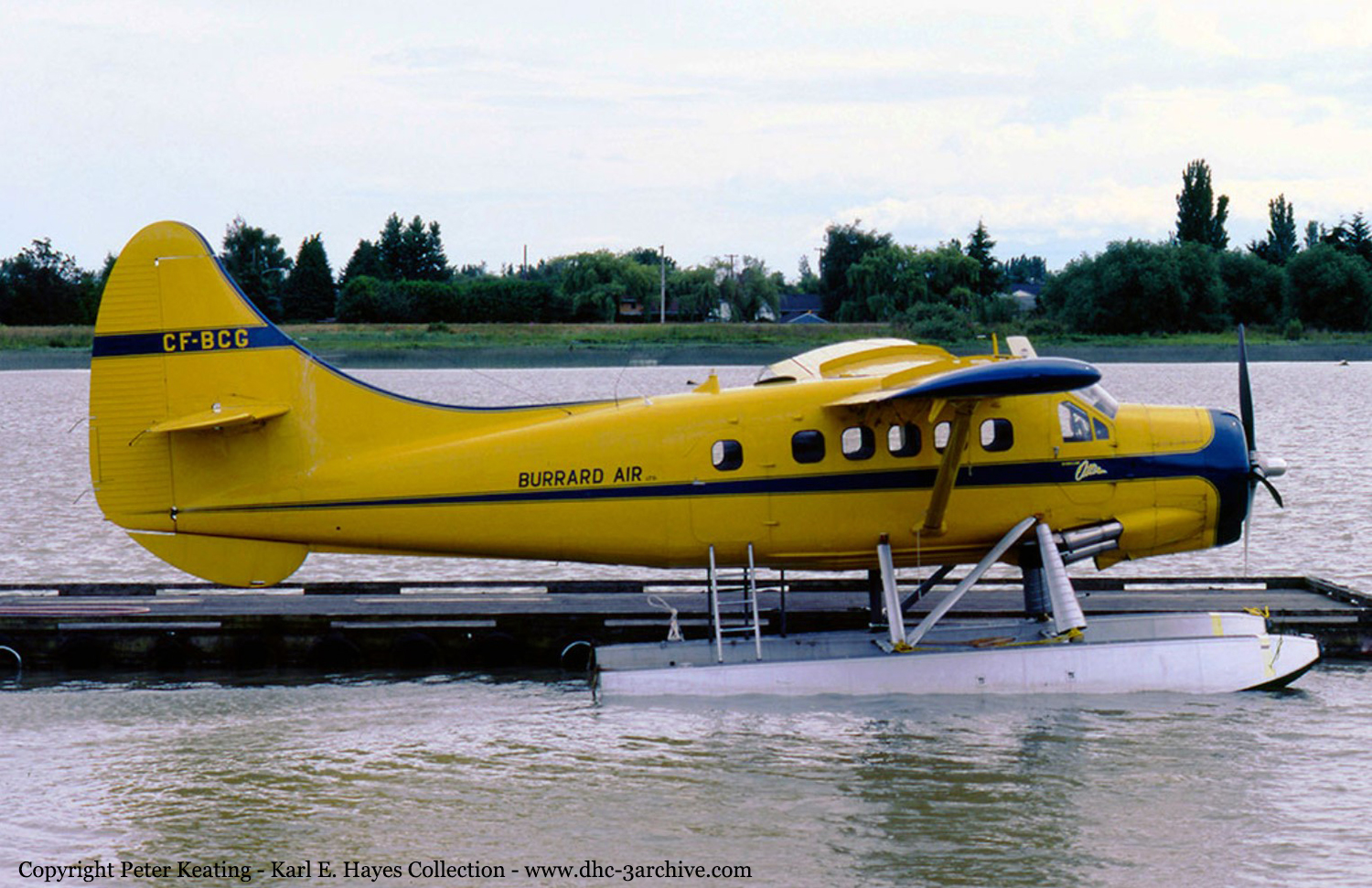
Crash of a De Havilland DHC-4A Caribou in Ross River: 2 killed
Date & Time:
Nov 10, 1987 at 1713 LT
Registration:
C-GVYX
Survivors:
Yes
Schedule:
Fort Nelson - Ross River
MSN:
292
YOM:
1970
Crew on board:
2
Crew fatalities:
Pax on board:
2
Pax fatalities:
Other fatalities:
Total fatalities:
2
Aircraft flight hours:
11185
Circumstances:
The DHC-4A Caribou aircraft was en route from Calgary to Ross River where it was to be used to transport silver ore concentrate from the mines at Plata to Ross River. On board were two pilots, two company aircraft maintenance engineers to service the aircraft, and about 5,500 pounds of aircraft parts and equipment to support the operation of the aircraft in Ross River. One refuelling stop was made at Fort Nelson, after which the aircraft proceeded on an IFR flight plan to its destination. Ross River has no published instrument approach and is situated in a valley in mountainous terrain. It was necessary to overfly Ross River, proceed 30 miles to the northwest and complete an NDB approach at Faro where the minimum circling altitude is 2,709 feet agl. When below cloud at Faro, the aircraft must then proceed visually up the river valley to Ross River. The Caribou arrived over Faro at approximately 16:15, and an attempt was made to descend below the cloud base which was reported to be 400 to 600 feet agl. When visual reference with the ground was not made, the pilot climbed out to the southeast and informed Faro Community Airport Radio Station (CARS) that he was proceeding to his alternate, Watson Lake. In cruise flight the no. 2 engine began to lose oil, causing the oil pressure to drop to zero. The right engine was then shut down, and the propeller was feathered. A little later, the aircraft was heard flying out to the southeast for an approach to runway 26 at the Ross River Airport. On approach the landing gear had to be recycled because the nose gear did not lock down during the first attempt to lower the gear. The plane was no longer in a position to land, so the captain initiated a go-around. The aircraft passed by the town and then began to lose altitude, descending gradually into the trees. Portions of the right wing were torn off on contact with the trees, and the plane rolled to the right and nosed into the ground. The aircraft then cartwheeled over the embankment and down onto the river shore 20 feet below.
Probable cause:
The Canadian Aviation Safety Board determined that a lack of communication at the company's maintenance facility led to the dispatch of the aircraft with an unsuitable gasket in the right engine, and the subsequent loss of engine oil. A single-engine go-around was attempted when the combination of single-engine performance, a low cloud base, and high terrain surrounding a confined operating area made a successful overshoot uncertain. The flaps were fully retracted before the minimum speed for single-engine flight in the zero flap configuration was achieved.
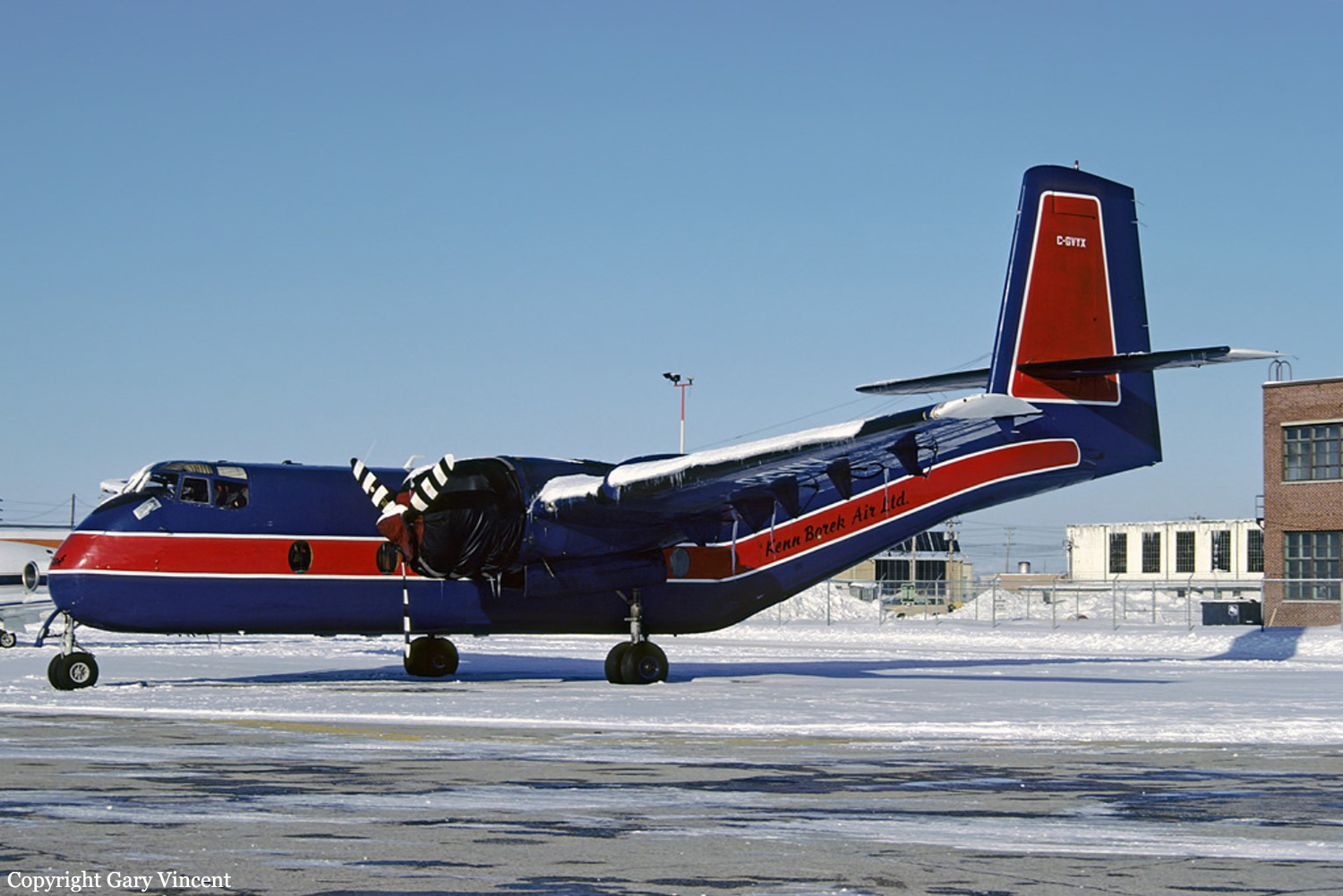
Crash of a De Havilland DHC-2 Beaver in Jamie Lake: 1 kiled
Date & Time:
Aug 14, 1984
Registration:
C-FEYZ
Survivors:
Yes
MSN:
556
YOM:
1953
Crew on board:
1
Crew fatalities:
Pax on board:
1
Pax fatalities:
Other fatalities:
Total fatalities:
1
Aircraft flight hours:
14000
Circumstances:
Shortly after takeoff from Jamie Lake near Watson Lake, while climbing, the left wing struck a tree. The aircraft lost height, overturned and crashed. The pilot was killed while the passenger, his son, was injured.
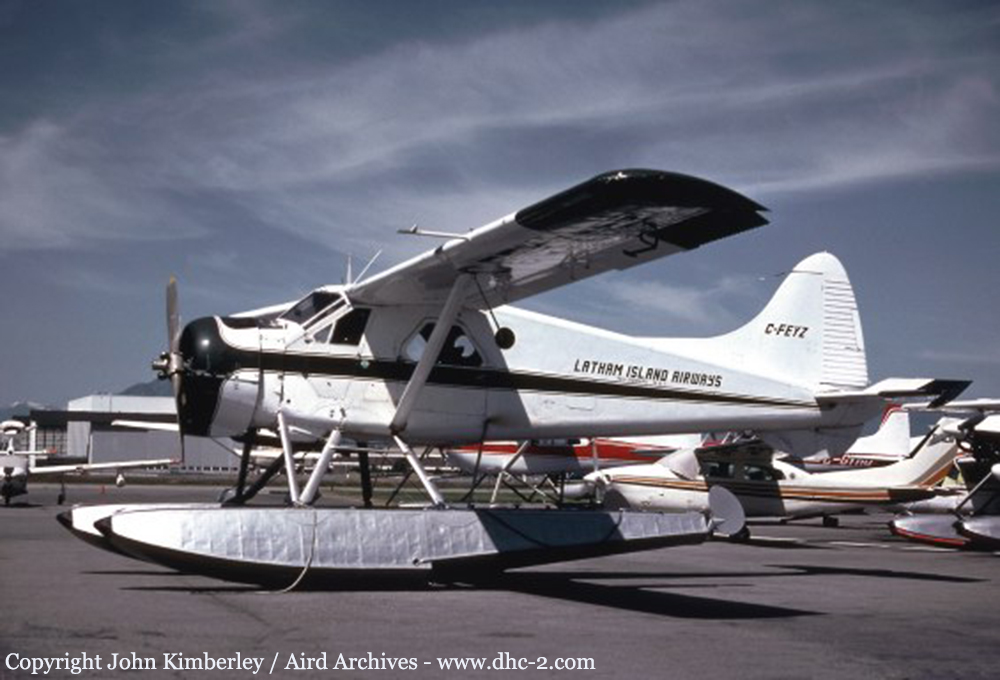
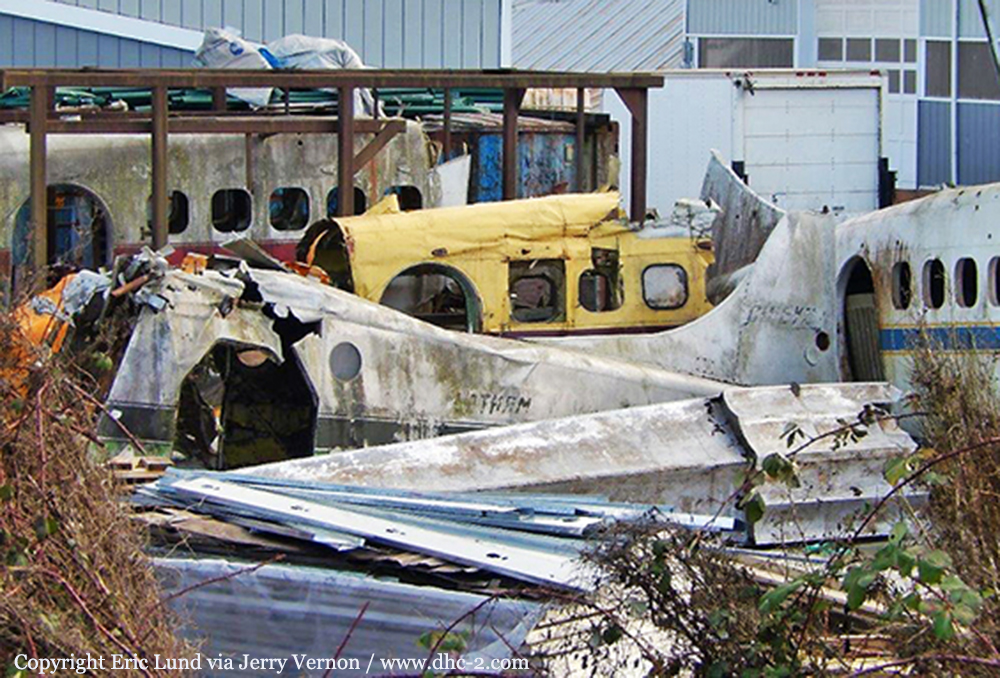
Crash of a Douglas A-26C Invader in Watson Lake: 1 killed
Date & Time:
Jul 1, 1982
Registration:
C-GWJG
Survivors:
No
MSN:
28860
YOM:
1944
Flight number:
Tanker 9
Crew on board:
1
Crew fatalities:
Pax on board:
0
Pax fatalities:
Other fatalities:
Total fatalities:
1
Circumstances:
Crashed in unknown circumstances while engaged in a fire fighting mission. The pilot, sole on board, was killed.
Crash of a Douglas C-47A-65-Dl in Komakuk
Date & Time:
Sep 18, 1978
Registration:
C-FCRW
Survivors:
Yes
MSN:
18958
YOM:
1943
Crew on board:
2
Crew fatalities:
Pax on board:
0
Pax fatalities:
Other fatalities:
Total fatalities:
0
Circumstances:
On final approach to runway 27 at Komakuk Airfield, the crew was forced to increase the speed due to a 20 knots headwind. After touchdown, the pilot decided to veer off runway in order to avoid overrunning into a 7 meters embankment. The airplane went down a 1,5 meter embankment and came to rest with its both wings partially torn off. Both pilots escaped uninjured.
Crash of a De Havilland DHC-6 Twin Otter 200 off Destruction Bay: 7 killed
Date & Time:
Sep 30, 1975
Registration:
CF-MHU
Survivors:
No
Schedule:
Destruction Bay - Whitehorse
MSN:
142
YOM:
1968
Crew on board:
2
Crew fatalities:
Pax on board:
5
Pax fatalities:
Other fatalities:
Total fatalities:
7
Circumstances:
Shortly after takeoff from Destruction Bay, while climbing, the airplane went out of control and crashed into Lake Kluane. All seven occupants were killed.
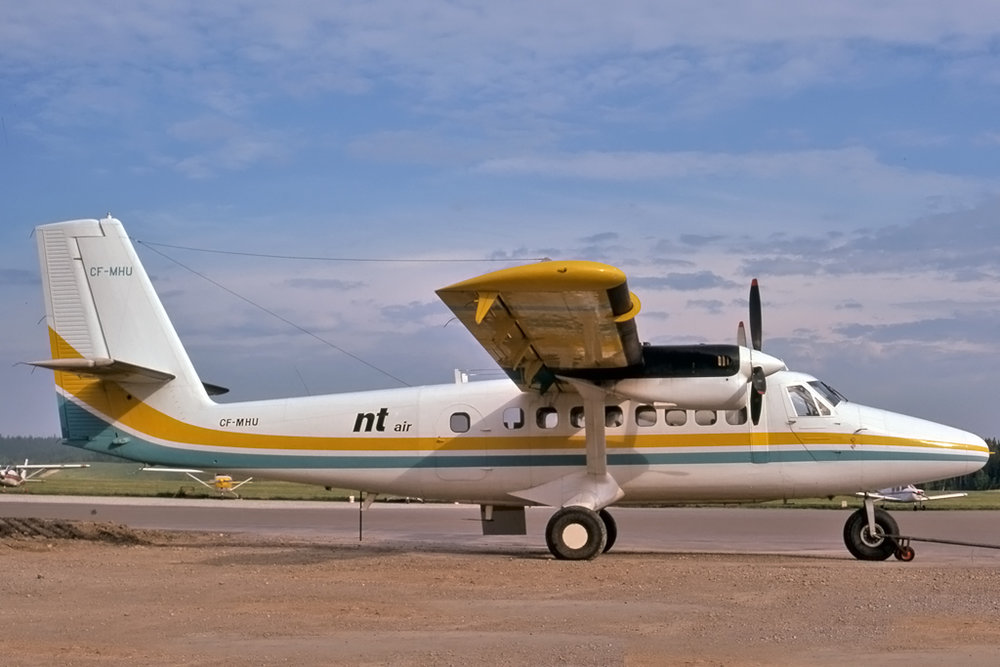
Crash of a SCAN-30 Super Widgeon into Tincup Lake
Date & Time:
Jul 30, 1971
Registration:
CF-SPA
MSN:
26
YOM:
1949
Crew on board:
0
Crew fatalities:
Pax on board:
0
Pax fatalities:
Other fatalities:
Total fatalities:
0
Circumstances:
Crashed in unknown circumstances into the Tincup Lake, Yukon. The occupant's fate remains unknown.
Crash of a Dornier DO.28B-1 in Breaburn Lodge
Date & Time:
Aug 13, 1969
Registration:
CF-SIP
Survivors:
Yes
MSN:
3073
Crew on board:
0
Crew fatalities:
Pax on board:
0
Pax fatalities:
Other fatalities:
Total fatalities:
0
Circumstances:
Crashed in unknown circumstances. There were no casualties.
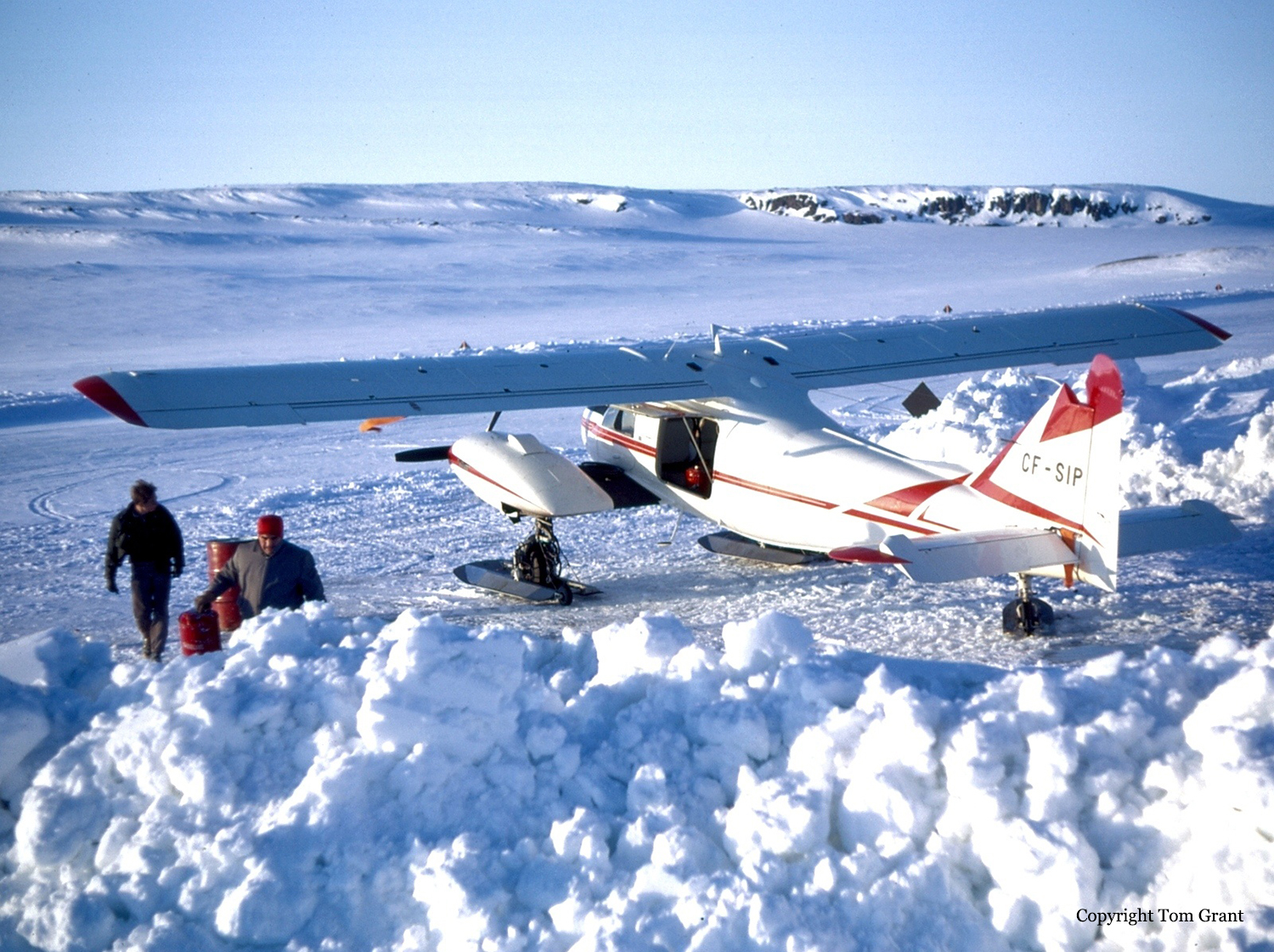
Crash of an Avro 652 Anson V in Whitehorse: 1 killed
Date & Time:
Aug 24, 1964
Registration:
CF-GML
Survivors:
No
Schedule:
Whitehorse - Whitehorse
MSN:
MDF-304
Crew on board:
1
Crew fatalities:
Pax on board:
0
Pax fatalities:
Other fatalities:
Total fatalities:
1
Circumstances:
Crashed at Whitehorse, Yukon, Canada, killing the pilot. Aircraft was stolen by the AME, who was not authorized to fly the aircraft solo, and flown recklessly a short distance up the Yukon River valley, before crashing on the southwest side of the river just above Miles Canyon.
